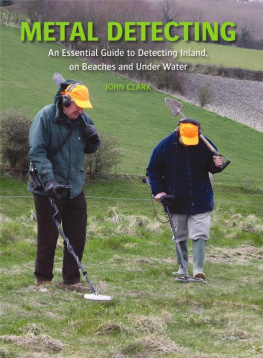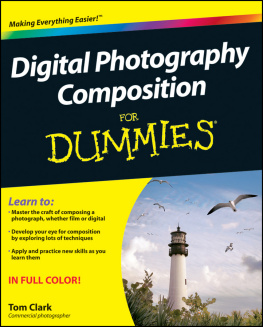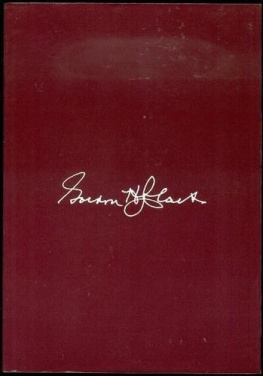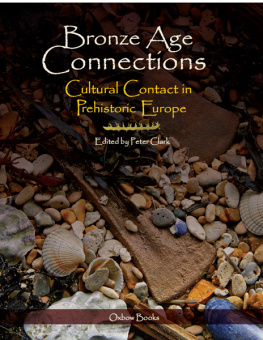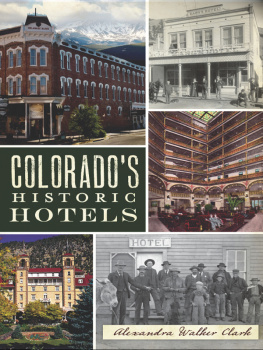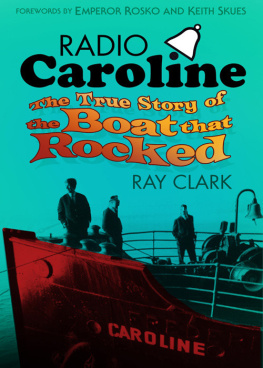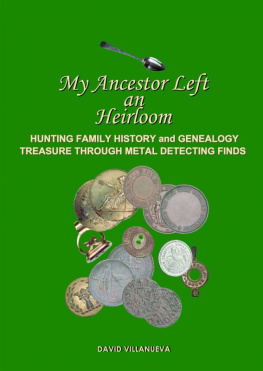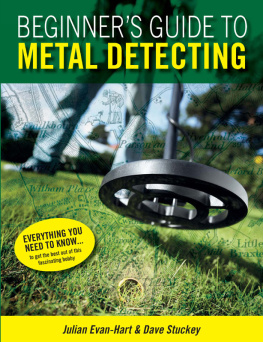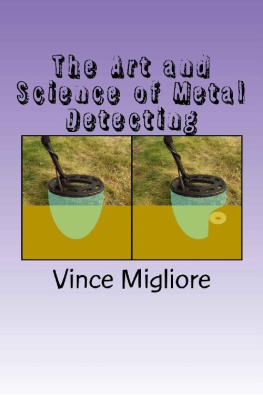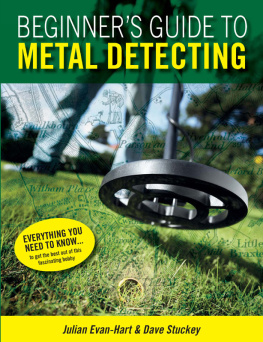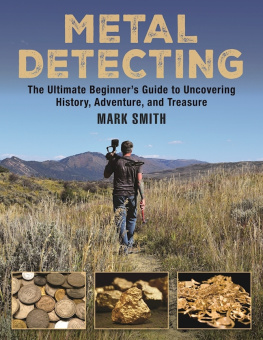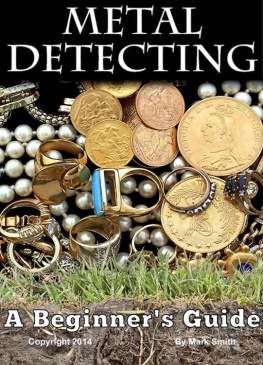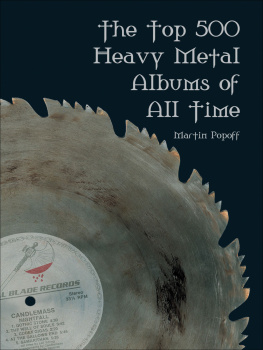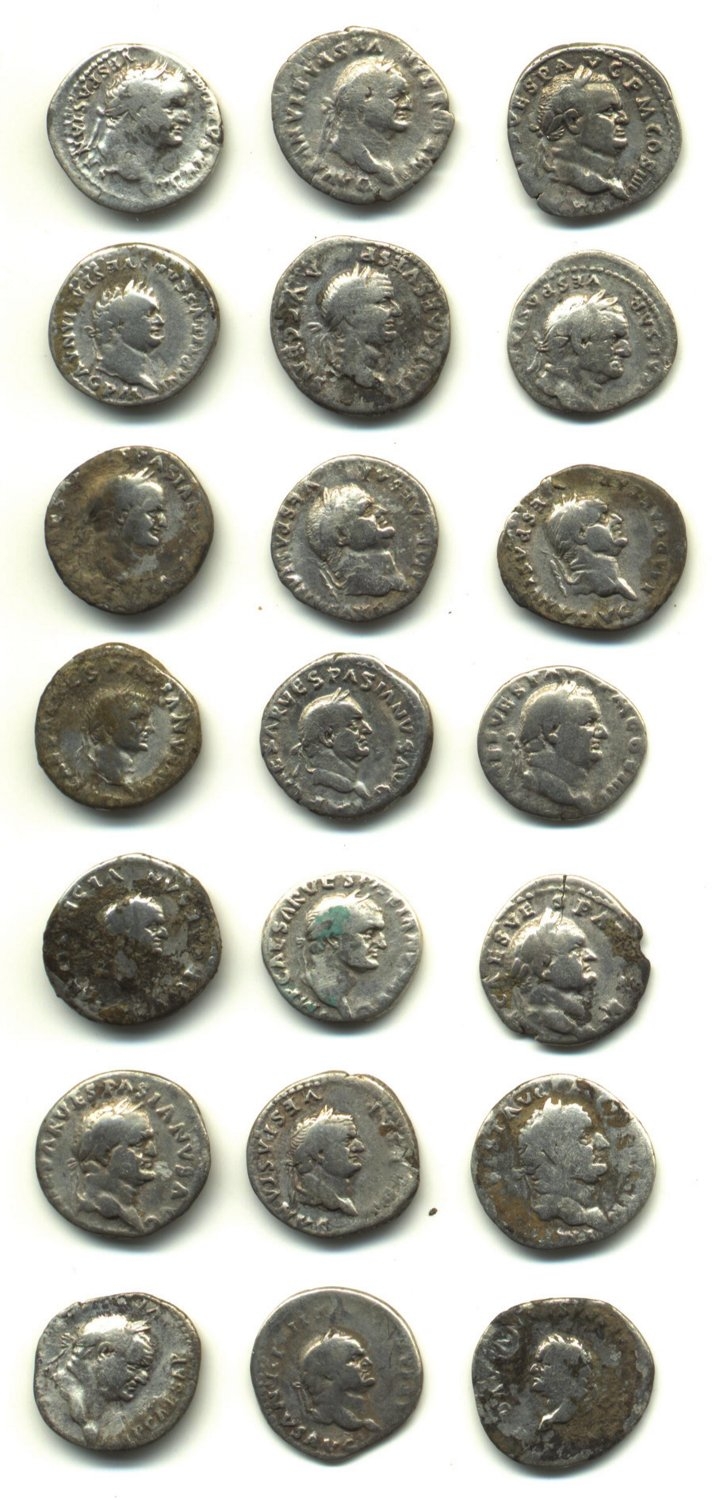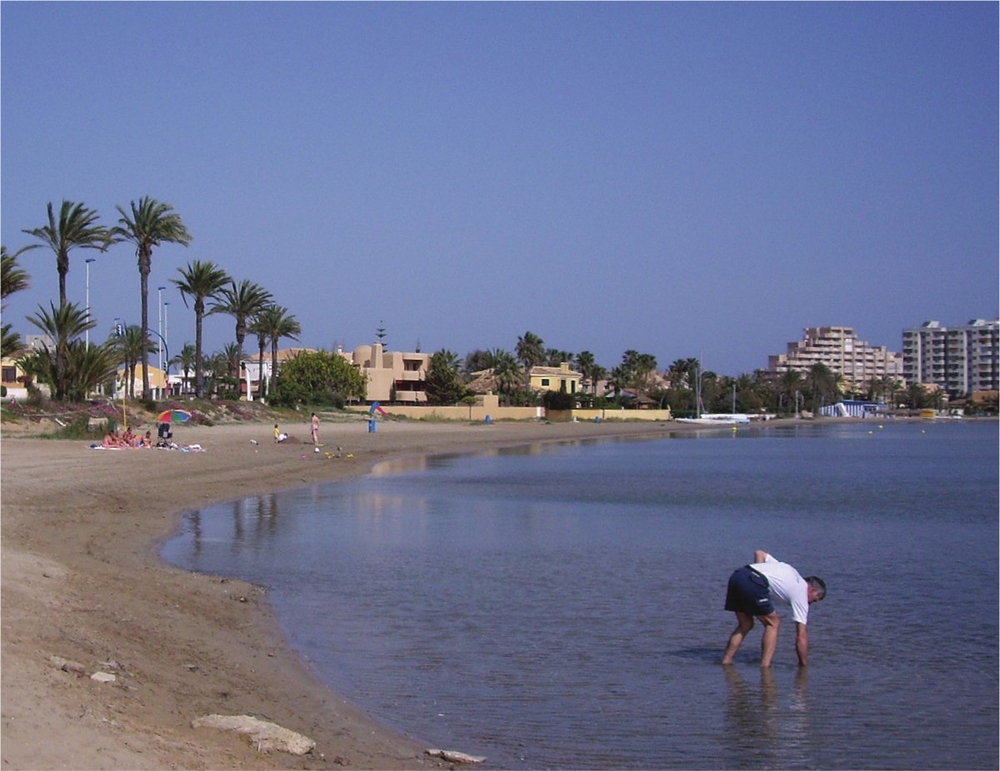First published in 2009 by
The Crowood Press Ltd,
Ramsbury, Marlborough,
Wiltshire, SN8 2HR
www.crowood.com
This e-book edition first published in 2013
John Clark 2009
All rights reserved. This e-book is copyright material and must not be copied, reproduced, transferred, distributed, leased, licensed or publicly performed or used in any way except as specifically permitted in writing by the publishers, as allowed under the terms and conditions under which it was purchased or as strictly permitted by applicable copyright law. Any unauthorised distribution or use of this text may be a direct infringement of the authors and publishers rights, and those responsible may be liable in law accordingly.
ISBN 978 1 84797 538 6
Disclaimer
The author and the publisher do not accept any responsibility or liability of any kind, in any manner whatsoever, for any error or omission, or any loss, damage, injury or adverse outcome, incurred as a result of the use of any of the information contained in this book, or reliance upon it.
The author would like to thank the following for their valuable help in the preparation of this book:
The Wyvern Historical and Metal Detecting Society
Pete Hyams for all his help
Ken James for military badge displays and general help
Brian Sherry, Ken Fry and Gavin Fry for each being a detectorist
Louise Crossley for Club work input
Darwin Turner for his field walking report
Dave Philpotts for his Saxon brooch photos
Dave Ebbage for his report on detecting in France
Brian Cavill for photos and Roman finds
Doug Kirk for photos of the gold half guinea
Eileen Coe for photos
Leon Slee for user proof reading and translation
Pat Haigh for illustrations
Sebastion Melmo for Mudlarking report
Thad Loring-Lee for translations
Richard Gosnell for information for ramblers
Bernard and Cynthia Lloyd for proof reading
Bernard Phillips for the archaeological report on the Saxon burial
Whites Electronics (UK) Ltd for photos and technical information
Minelab International Ltd for photos and technical information
Swindon Museum for help with images of their displays
Radio 105.5 Swindon for help with presentation
Kyrie Davis for Natural Lifestyle coaching
Jerry Clark for proof reading
What makes this book different to any other in the field of metal detecting? Well, in my view it is one of the few books to reflect on more than fourteen years of detecting by a husband and wife team. This provides a broad view on many aspects of the hobby and these are reflected throughout the book.
From the moment I was asked to write this book I worried about how to start, having had little experience of writing. Should I open by thanking all those who helped me put it together through their experiences, photos and stories?
Yes, of course I must say a very big thank you to them all. I could not have done it without them.
Particular thanks must go to my friend Peter Hyams, who put my name forward to the publishers. Peter provided so much help with the accounts of his Roman hoard and Saxon warrior burial site located on the Downs in North Wiltshire. My thanks also go to all the members of the Wyvern Historical and Detector Society for their help and support, and to the many experts who gave their time and specialist knowledge so willingly.
It was Sue, my wife, however, who came up with the definitive opening line. It had been a dull and overcast spring day in the Murcia region of Spain. She had been detecting along the beaches on the Mediterranean side of a spit of land, while I had been working in the shallow water on the lagoon side. It was the kind of day when without our hobby we would have been stuck in our motor home reading or out spending money to keep ourselves entertained.
When we regrouped later in the afternoon and swapped stories of our finds we found that between us we had recovered: 54 Euros, four gold rings, seven silver rings and a 29 gram platinum ring. In just one day we had found items worth up to one thousand pounds.
Later, while relaxing with a cup of tea on a seafront seat, Sue captured the essence of this book perfectly when she said, Oh, what a wonderful hobby!
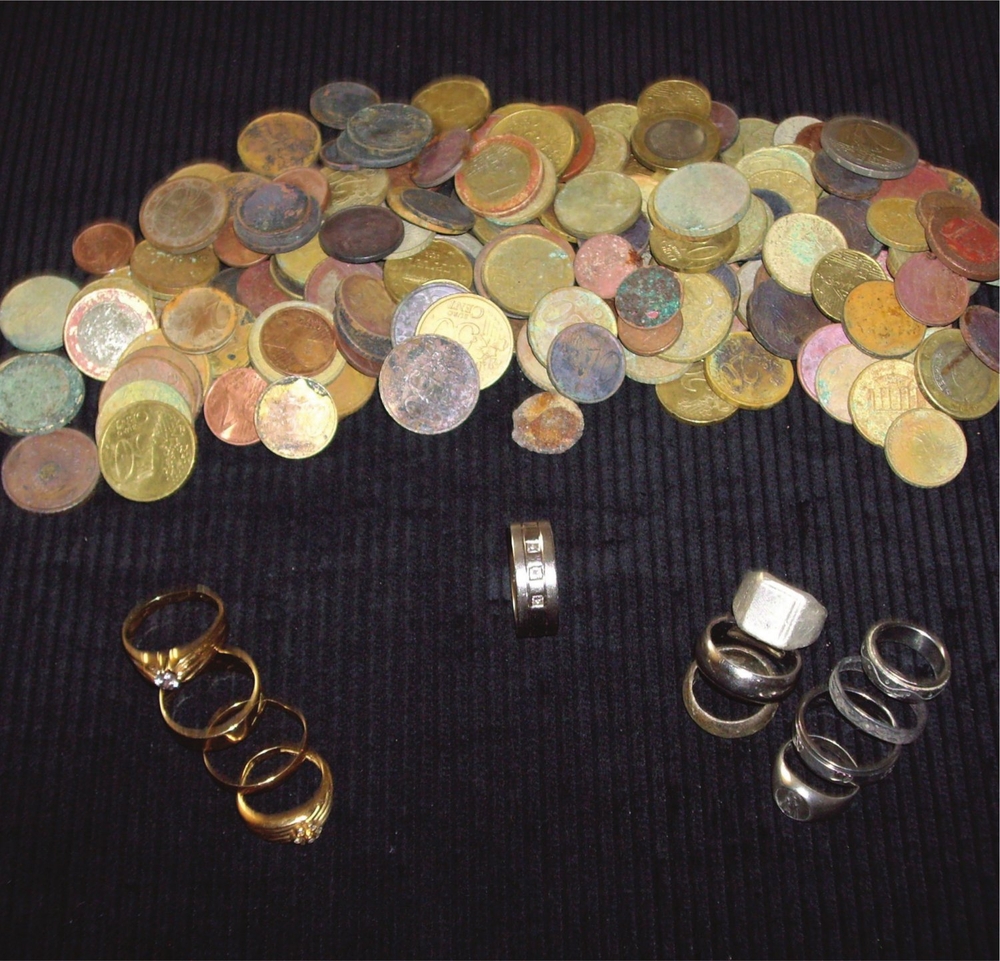
The days finds: Oh what a wonderful hobby!
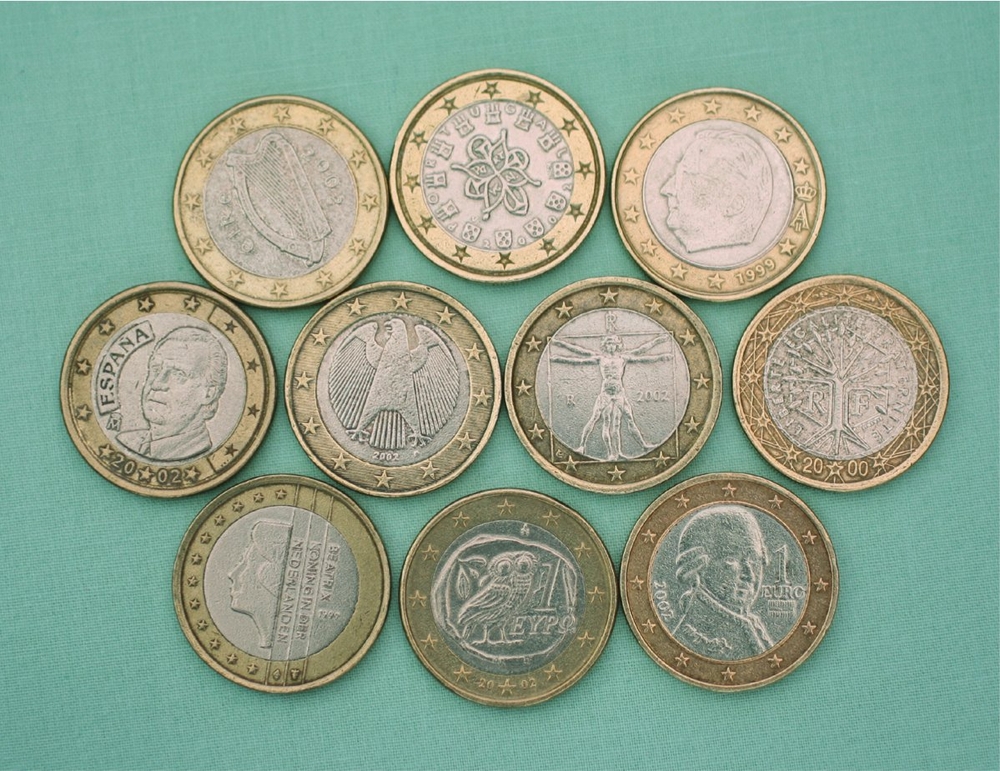
Euro coins from different member countries of the EU. The reverse of the coin indicates the country of origin.
I have been metal detecting for more than fourteen years and tend to specialize in beach and underwater detecting. During that time I have recovered items of historical interest, various types of artefacts and pieces of modern jewellery that together have contained more than 2.8kg of gold and 7kg of silver, supplemented by platinum and other precious metals. In addition I have discovered the equivalent of well over 21,000 in various European currencies. The introduction of the Euro in 2001 was not to everybodys liking, but it has made my life much easier now I have only one currency to deal with, irrespective of which European country I am detecting in.
Within the book I shall be showing and using metal detectors manufactured by two companies, Minelab and Whites. Both make highly competent and respected products that I regularly use.
My friends at the Wyvern Historical and Detector Society share my passion for the hobby. Many of them have found items dating back several thousand years, from small individual artefacts to a hoard of Roman coins. You only have to attend one of our monthly meetings in Wiltshire to see the rich and diverse finds that are on display and also to realize how much pleasure may be derived from metal detecting.
I used to find that, when I took my dog for a walk, people would often pass the time of day with me, commenting about the dog or maybe the weather. Much the same happens when out with my metal detector. Perhaps the metal detector provides people with an excuse to start a conversation? I do know, however, that some of the questions I am most commonly asked when out detecting, whether on farmland, beaches, or in the water, are What are you doing?, What made you get into detecting? and How can I get started?
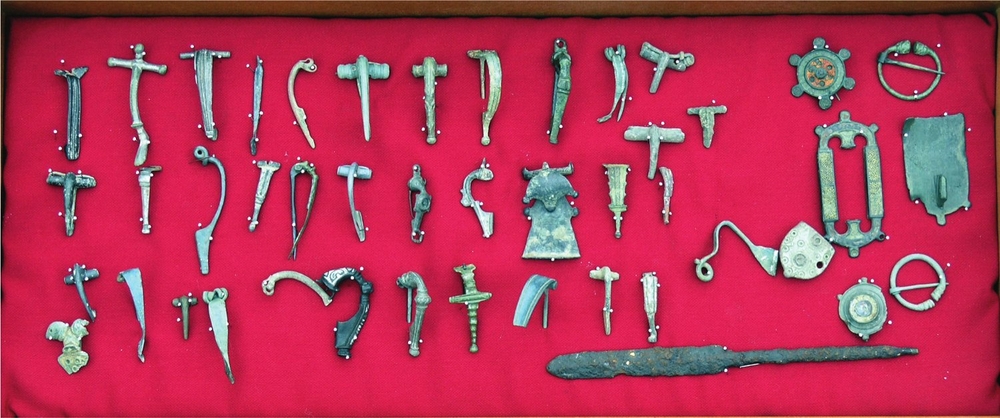
Artefacts displayed at a club meeting. (Brian Cavill)
I normally reply that this is the kind of hobby nobody makes you get into. It may awaken a desire and a curiosity that is already within you, but otherwise you may never fully understand what its about.
Are you the kind of person who promises the children a day at the beach, building sand castles and playing beach games, only to find that by lunchtime it has become a day for beachcombing, fossil hunting or searching rock pools?

